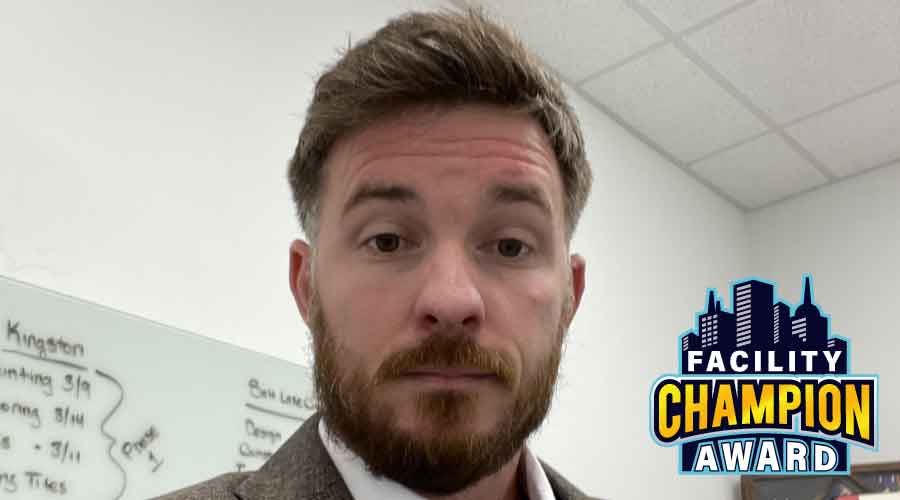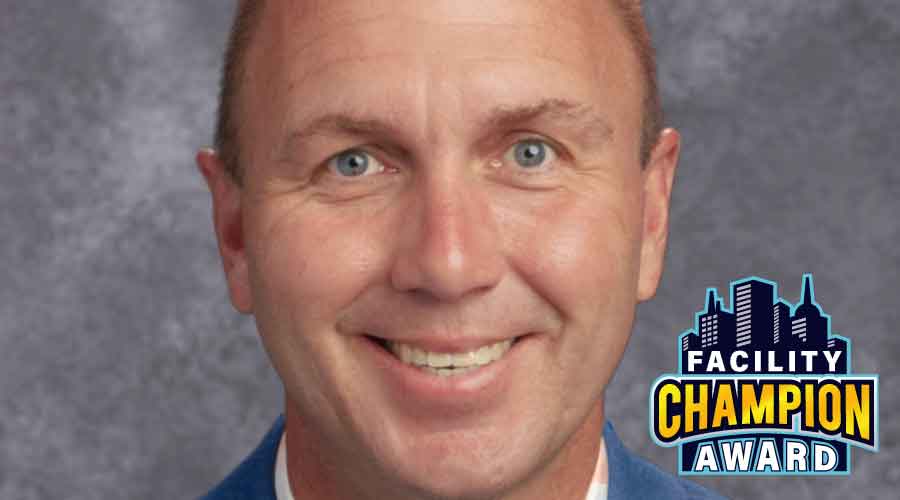
2 Killed in Separate Attacks in University Facilities
Attacks at the University of Arizona and Purdue University raise questions on campus security. October 10, 2022
By Dan Hounsell, Senior Editor
Institutional and commercial facilities have been under increasing pressure in recent years to improve security in campus facilities and protect students and staff, and that was before the emotional and financial strains caused by the COVID-19 pandemic. Now, as students return to campuses nationwide, two large universities must deal with the fallout from killings in their facilities.
At the University of Arizona, Thomas Meixner, professor of hydrology, was shot and killed Oct. 5 in the John W. Harshbarger building, according to The Daily Wildcat. The suspect is in custody.
The University of Arizona Police Department (UAPD) received a call at 1:59 p.m. asking to escort an individual out of the Harshbarger building "who wasn't allowed to be in that building," says Paula Balafas, UAPD chief of police. No further details were provided as to the reason the suspect was not allowed to be in the Harshbarger building.
Students on campus received a UAlert shortly after, informing them that there was a shooting on campus and to stay away from the Harshbarger building and adjacent areas.
At Purdue University, NBC News reports that a student was arrested on a murder charge Oct. 5 and accused of killing his roommate overnight in a residence hall on the campus in West Lafayette, Indiana, the school's police chief said. Authorities said the incident happened in a room on the first floor of McCutcheon Hall.
University President Mitch Daniels said the campus is a safe.
“Compared with cities of Purdue’s population (approximately 60,000), we experience a tiny fraction of violent and property crime that occurs elsewhere,” he said.
Dan Hounsell is senior editor of the facilities market. He has more than 25 years of experience writing about facilities maintenance, engineering and management.
Next
Read next on FacilitiesNet












